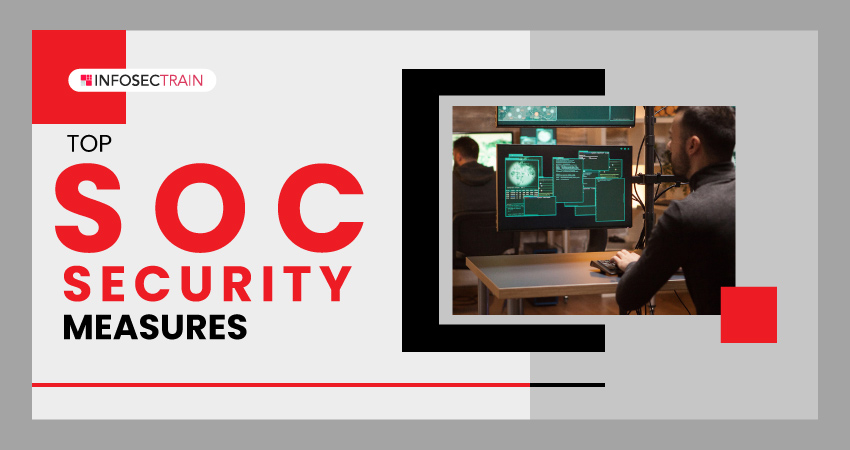The trend towards cloud-based infrastructure and remote work models has increased the significance of SOCs. With organizations adopting cloud services and employees accessing corporate resources from various locations, the attack surface and potential security risks have expanded. SOCs play a crucial role in monitoring, detecting, and responding to security incidents across distributed cloud environments to retain the security and integrity of data and systems in this evolving landscape.
What is a SOC?
SOC stands for Security Operations Center, a centralized system within an organization responsible for monitoring, detecting, analyzing, and responding to security incidents and threats. The SOC's primary objective is to protect an organization's valuable information assets, systems, and networks from unauthorized access, data breaches, emerging cyberattacks, and other security risks. It is responsible for 24/7 monitoring, detection, and response to security incidents and threats and provides continuous security operations.
Top SOC Security Measures
Below are some SOC security trends in 2023:
- Regular Monitoring and Reporting: Regular monitoring and reporting are essential SOC security measures to detect and respond to security incidents effectively, ensuring continuous protection of systems and data from potential cyberattacks.
- Implement Advanced SOC Security Technologies: Implement advanced SOC security technologies, such as SIEM solutions, SOAR, MDR, and EDR systems, to ensure adequate security operations. These technologies enhance threat detection, incident response, and overall security posture.
- Develop Incident Response Plan (IRP): Develop a well-defined and documented incident response plan that outlines roles, responsibilities, and procedures for handling security incidents.
- Threat Modeling and Risk Assessment: Conduct regular threat modeling exercises and risk assessments to identify and prioritize potential threats and vulnerabilities. It helps in focusing resources and efforts on critical areas and strengthening the organization's security posture.
- Use Comprehensive AI and ML: Utilize AI and ML to enhance and automate a SOC's numerous cybersecurity and threat detection capabilities, such as anomaly detection, behavioral analytics, User and Entity Behavior Analytics (UEBA), and so on.
- Integration of Threat Intelligence: Incorporate threat intelligence feeds and information from reputable sources in order to remain current on emerging threats, attack techniques, and Indicators of Compromise (IOCs).
- Train Employees: Organizations must prioritize comprehensive training for employees to ensure they have the essential knowledge and understanding of SOC security awareness and procedures. It helps strengthen overall security posture and mitigates risks associated with human error or negligence.
Related blogs:
● Career Scope as a
SOC Professional
● Everything You Need
To Know About SOC Expert Course
● How Do I Get My First Job In SOC?
How can InfosecTrain Help?
We hope that this blog has equipped you with some valuable information. If you have opted to begin a career in SOC, InfosecTrain is here to assist you. We provide customized SOC Specialist, SOC Analyst, and SOC Expert Combo online training courses to assist you in getting ready for the different SOC roles.
You can also enroll in our Certified SOC
Analyst (CSA) certification training to
begin your journey toward SOC.

